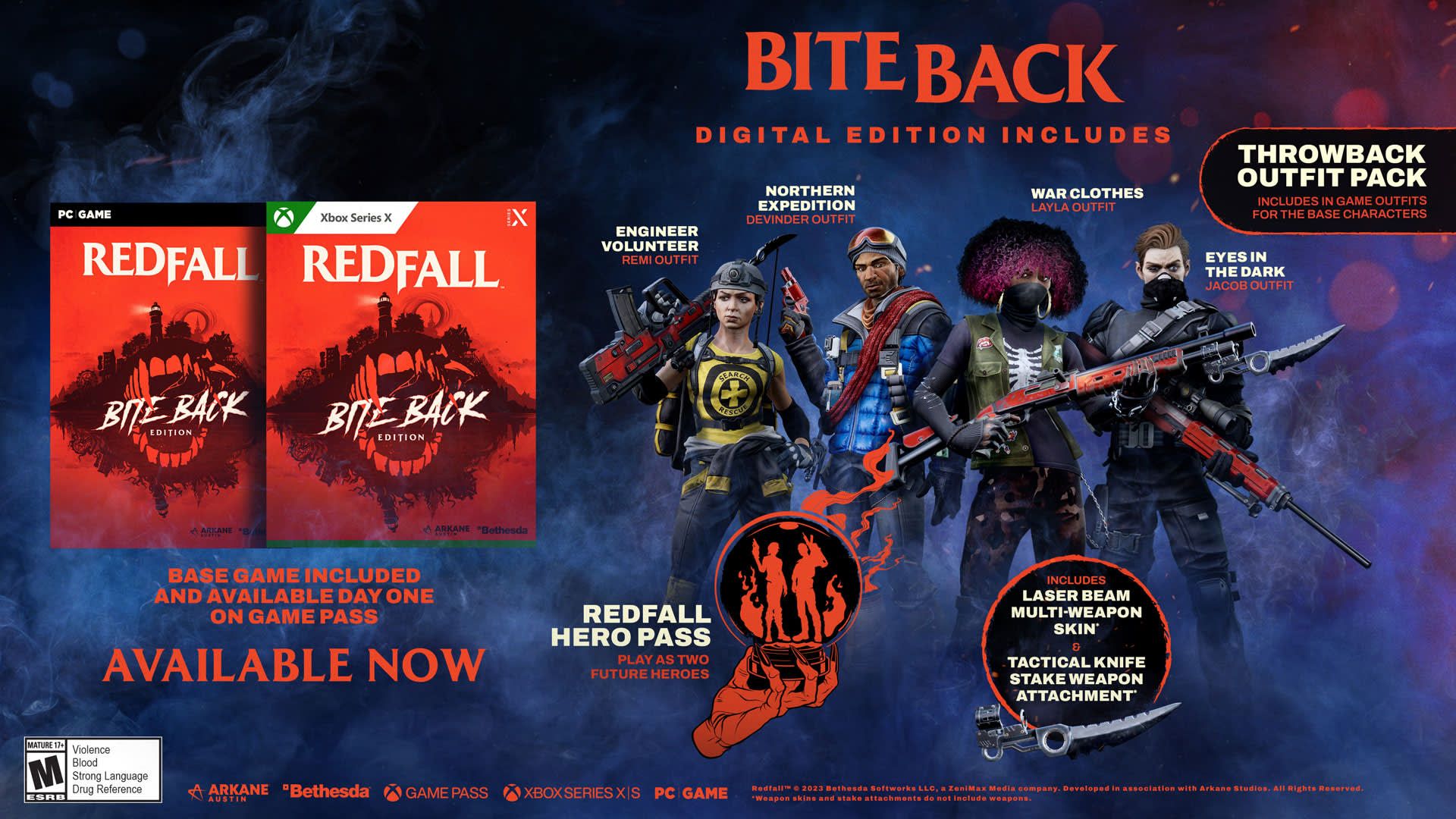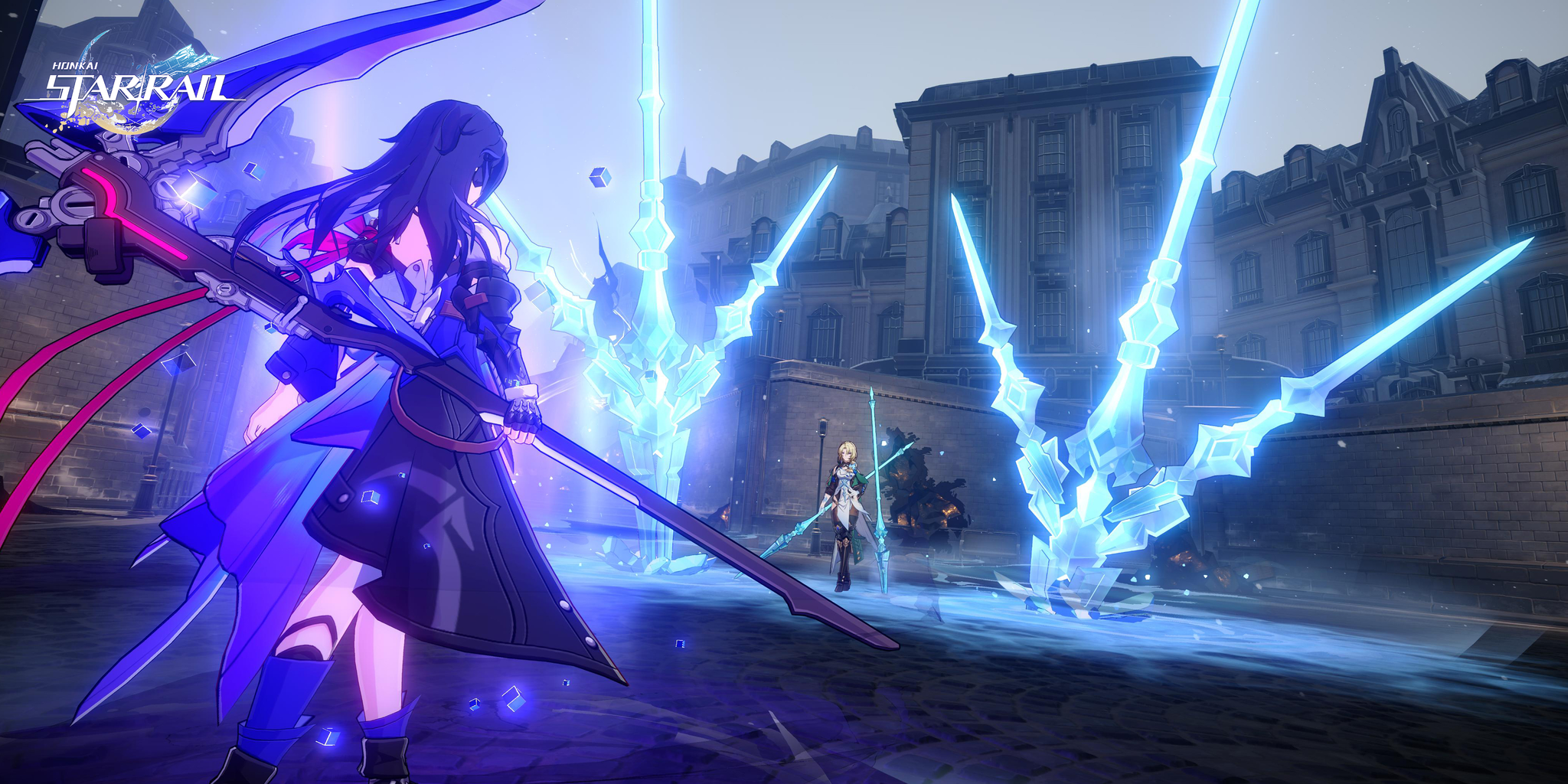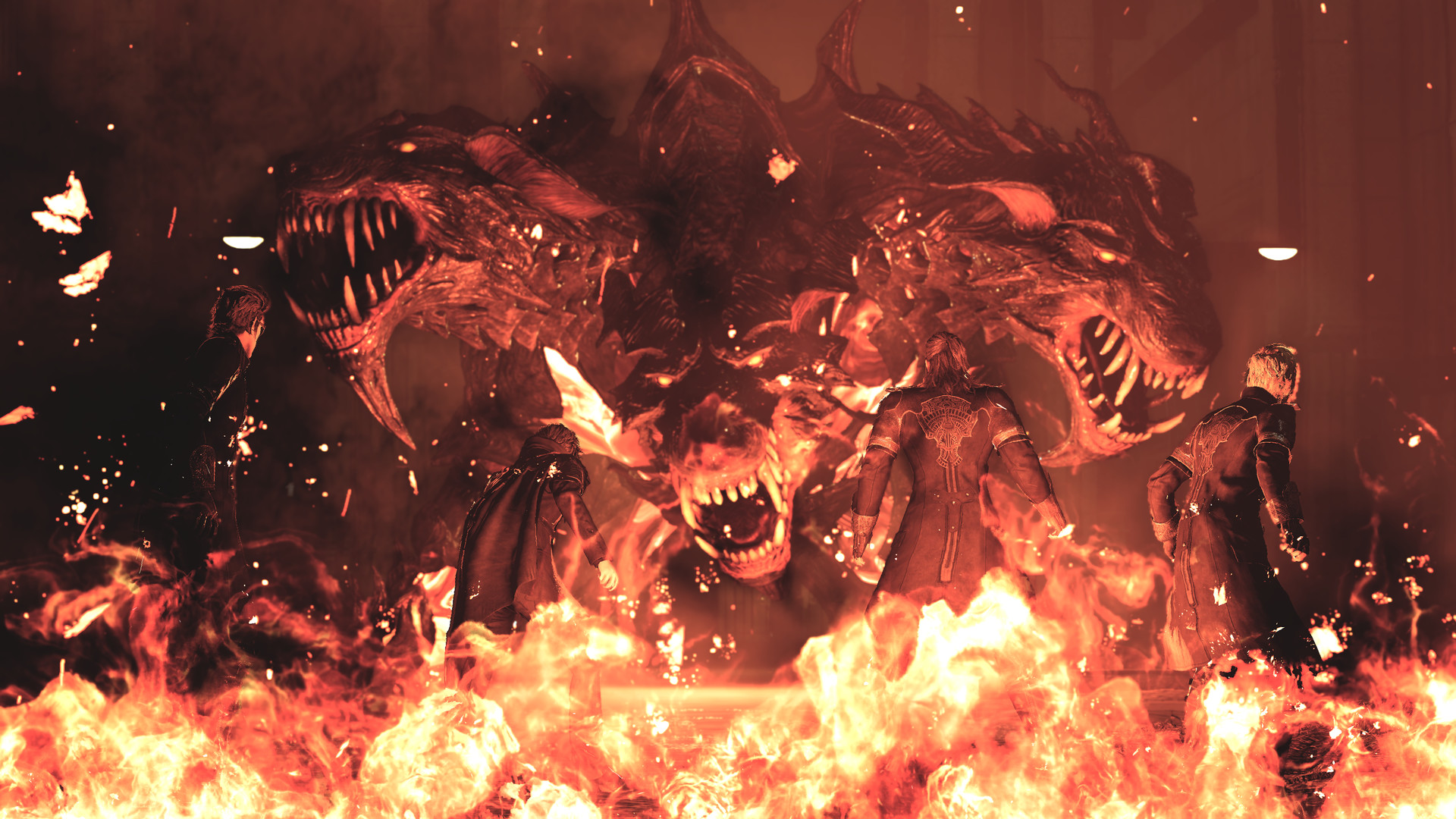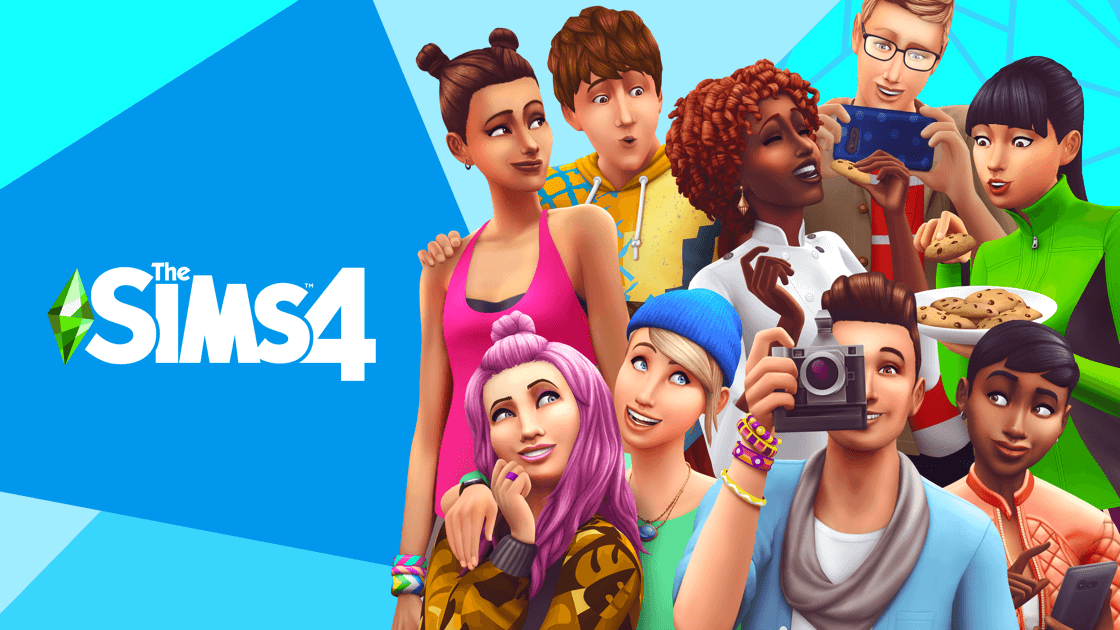Never-Ending Games: The Impermanence of a Constantly Updatable World
Delivering a finished game isn't what it used to be

The lead-up to the release of a video game is an extended red carpet. New information is paraded down the aisle in a drip feed (or, on occasion, suddenly and all at once) and the aspects of the game that are revealed – gameplay, story, visuals, mechanics, and characters – are left on display for meticulous analysis. Unlike the red carpet of premieres and award shows, it is not a singular event: gaming releases are long rehearsals of anticipation and critical feedback in what is now a years-long process. Announcements, reveals, and trailers incite and expect audience reaction, with studios oftentimes openly acknowledging and tinkering with particular technical aspects of the game based on those reactions.
While other media releases have similar public early announcements, they aren't often met with as much expectant analysis from the lens of a participant. Games have a dynamic relationship with player input, so outside of critiquing design, direction, and how dark everything is, the concern for games isn't merely in entertainment on a passive level, but on an interactive one. It must be worth the price of entry, which, for bigger games, is now up to $70 in the USA. That's a hefty increase from the standard $60 of previous generations, and while gaming has always been a slightly more expensive hobby than most, the back-end and front-end prices are only going up.
Consumers thus have a vested interest in the products they play and have to make more informed decisions about which to purchase. Concerns over buggy releases, poor optimization, empty open worlds, and narrative or pacing issues plague the front-line days of release. The number of Day 1 patches has become something of a frustrating industry standard, and it makes what should be a high-quality product feel rushed, under-baked, and indicative of a bigger problem: the ease with which games can be updated. Even if a game is relatively good beneath all of the flaws, the fact that it requires additional doctoring post-release means consumers can't be sure which version of the game to buy: if they release a full, comprehensive version later down the line, or continue to release purchasable side content, what's the point of buying its first edition?
To Pre-Order or Not to Pre-Order?
Immediacy is the standard of consumerism's voracious demand of us, and to pre-order embodies that. Day 1 editions of games often contain various collectibles, both physical and digital, that aren't available to buy ala carte and likely won't be available in later versions (or might be...which is another issue). There's been a longstanding question of if it's even worth it to pre-order anymore. The big push prior to game release has elevated the importance of pre-orders, and in some cases, such as with franchises like Zelda, Pokémon, Resident Evil, and Final Fantasy, this results in marketing-centered tribalism that posits loyalty as identity: a blind trust in an end product. This can work out totally fine, but as the proliferation of choice competes with finite monetary resources, many consumers are left to wonder: how can I be sure the game is worth it?

The release schedule of modern AAA (and even some indie) games is to provide audiences with a "road map" of sorts that becomes a vision of what to expect for the game's extended lifespan beyond its initial release – including DLCs, cosmetics, and expansions. Because games now – unlike movies or books or television shows – must provide longevity to justify the investment.
This is a necessity for live-service or free-to-play models that rely on other forms of incentivized purchases, as well as MMORPGs that rely on a monthly subscription model, but it has also insidiously crept into singular releases that promise a fully completed, playable game from start to finish. What was a $70 experience then becomes an $80 to $100+ investment. Movies and television shows rarely have this particular problem: Netflix releases a season of a show, or Marvel Studios releases a finished movie. These are finite, linear offerings that don't (and often can't) undergo post-release or post-production rehabilitation – unless, of course, you're Sonic the Hedgehog, in which case, yeah, you infamously can.
While this kind of revisionism may seem like a boon for creatives – imagine being an update away from perfecting your darlings – it also means that studios don't necessarily have to release a perfectly polished game. They can just spruce it up after release, add some DLCs to the roadmap and, if they're feeling cheeky, just re-release all of it as a complete package. This can leave some day-1 or early adopters missing out on later content and torn between purchasing an entirely new version of something they already own or living with the imperfect version that they have. A worst-case scenario is that investment in a game becomes a sunk-cost fallacy, where consumers become locked into a vicious cycle of justifying the cost of prospective updates – and oftentimes setting then unrealistic standards on publishers.
It's changed how we perceive them [games] because accounts with thousands of hours of playtime are investments, and a disappointing update (or no updates at all) can seem like a hit to the value of that investment. We've put in the hours and we feel we deserve to be rewarded for that—when the latest patch doesn't fix the bug we saw or change the ability we keep getting killed by, it makes it plain how one-sided the relationship is. It's an absurd way to think but that's what sunk costs do to us. – The pressure to constantly update games is pushing the industry to a breaking point by Jody Macgregor

Live-service and gacha games live and die by this model of organized update deployment. Without an always-moving product, the sustainability of a "pay as you play" model of micro-transactions via cosmetics or chance mechanics dries up with the content and the audience. It's a gimmick, but in some cases, such as in Genshin Impact or the newly released Honkai: Star Rail, you get a decent amount of bang for your buck, even if the system is a bit morally tricky. But single-player, critical darlings such as The Last of Us or Horizon Zero Dawn aren't immune to post-patches, expansions, or re-releases. Persona 5: Royal, the definitive edition of the 2016 hit, was released at $59.99 in 2022 - the same as the initial retail price of the original, nearly 7 years prior.
Perfecting Imperfection
This isn't to say that Persona 5 Royal – which included a massive overhaul to various parts of the game – isn't worth it. Many argue that it is the de-facto way to play the game now. I got it on sale for a whopping $29.99 and, if I'd waited a few months, I might have gotten it cheaper. But when I look up at my original Persona 5 collector's edition Steelcase sitting on my bookshelf, the disc inside now rendered largely obsolete by this newest version, I can't help but wonder if the hype to purchase so early was worth it. Because even if fans were to wait for the consensus on Persona 5 in 2017, it was, at release, already considered one of the most triumphant RPGs of the past generation. Not only did early adopters have to resign themselves to purchasing Royal to get a full or more robust experience, but so did anyone who bought it prior to the Royal announcement itself.
One of the most egregious examples of an under-baked release was that of Final Fantasy XV, which went through a notoriously lengthy development cycle of more than a decade, resulting in a title change that moved it from the Final Fantasy XIII universe to its own. This change to Final Fantasy XV remains a pretty contentious issue for fans of its original iteration as Final Fantasy Versus XIII. The concept was one that Kingdom Hearts director Tetsuya Nomura seems hell-bent on making happen, one way or another – because what it involved was an overhaul of the entire system of development, even resulting in a switch of studios. Final Fantasy XV's initial release wasn't exactly plagued by the bugs that befell Cyberpunk 2077 or the more recently disastrous Redfall, but it had its fair share of criticized portions – namely the dreaded, constrictive hallways of Chapter 13.

The chapter was eventually patched, and by the time the PC release came around the entire game had been refurbished in a similar, but less expansive manner as Persona 5 Royal. Final Fantasy XV was, coincidentally, also called the Royal Edition. As a vanilla purchaser of the original game, I didn't take huge issue with Final Fantasy XV's imperfections (outside of wasting could have been an amazingly fleshed-out story), but it was still an enjoyable time. This seems to be the consensus, and while I think some of its DLCs and additional content helped flesh out the world for later players, I can't help but wonder why they weren't just part of the base game, to begin with.
The Costs of Change
The development of a game involves the input of its developers, associated creatives, and admins at the heart of the industry. Yet even with a median salary that most would consider generous, the number pales in comparison to the CEO profit. Jeffrey Rousseau of Gamesindustry.biz reports: "The average salary of an EA staffer was a total of $124,000 in 2020 (while CEO Andrew Wilson received $34.7 million)..." So for every 300 million dollar game, there's also an equally exorbitant CEO profit. It's a problem not, of course, exclusive to the gaming sector (and in fact exemplifies an entirely different issue), but illustrative of the inner workings of a profit-margin industry like any other. For all the heart and soul put into a game, it has to sell now and sell well into the future.
Take a movie like Christopher Nolan's new Oppenheimer. It's being released on the tenants of its creative vision, a directorial piece that is already receiving pre-emptive praise, even if it is a product still for the consumer market. It won't have essential supplementary material tied to its story or premise or worth outside of the theater, barring a book or other marketable paraphernalia. And that's what is ultimately the problem with accepting full-price but half-baked games at release: it is a slow creep of lowered expectations, a sort of unofficial weaponized incompetence that provides players a promise of less at the expense of more. To see such a concept in action, look no further than the actual $1,054 price tag on The Sims IV:
The franchise has had expansion packs ever since the first game, marked by the release of “The Sims: Livin’ Large.” But “The Sims 4” has the most downloadable content out of any game in the franchise so far, with many of them adding very little to the game. Each add-on together makes for a complete, well-rounded experience, but separately, they tend to be a hit-or-miss that most players find themselves getting bored of within a few days. – Lillian’s Lowdown: “The Sims 4” is free, yet way too expensive by Lillian Barry

Updatability isn't all at fault, and games like Assassin's Creed Unity do benefit from the ability to go back in and tweak things. It's a pretty good game now, in retrospect, and the linked IGN breakdown does a good job of trying to separate the technology – the bugs and software issues – from the creative ideas behind the game itself. Bugs are always going to be a part of game releases, and the quiet sculpting of a game behind the scenes can land it in a much better place than where it started, rendering it a more enjoyable experience in the long run. It's just worth looking into why some games might not necessarily need to have a retroactive redemption, and why, even if they do, it's not a good precedent to set. A game should be released when it's ready and not marketed prior to it reaching a comfortable state of production. And some games should rely on their singularity, rather than their potential. To put yourself in a box, or set a finite schedule, genuinely helps with the creative process.
This is something that I'm hoping Final Fantasy XVI manages to pull off, in complete contrast to its predecessor: a fully realized game that players can actually play from start to actualized finish. Not a game built into perpetuity with the need to meticulously re-realize but one that, like all great works of art, exists as-is, and gleams even through its imperfections.
